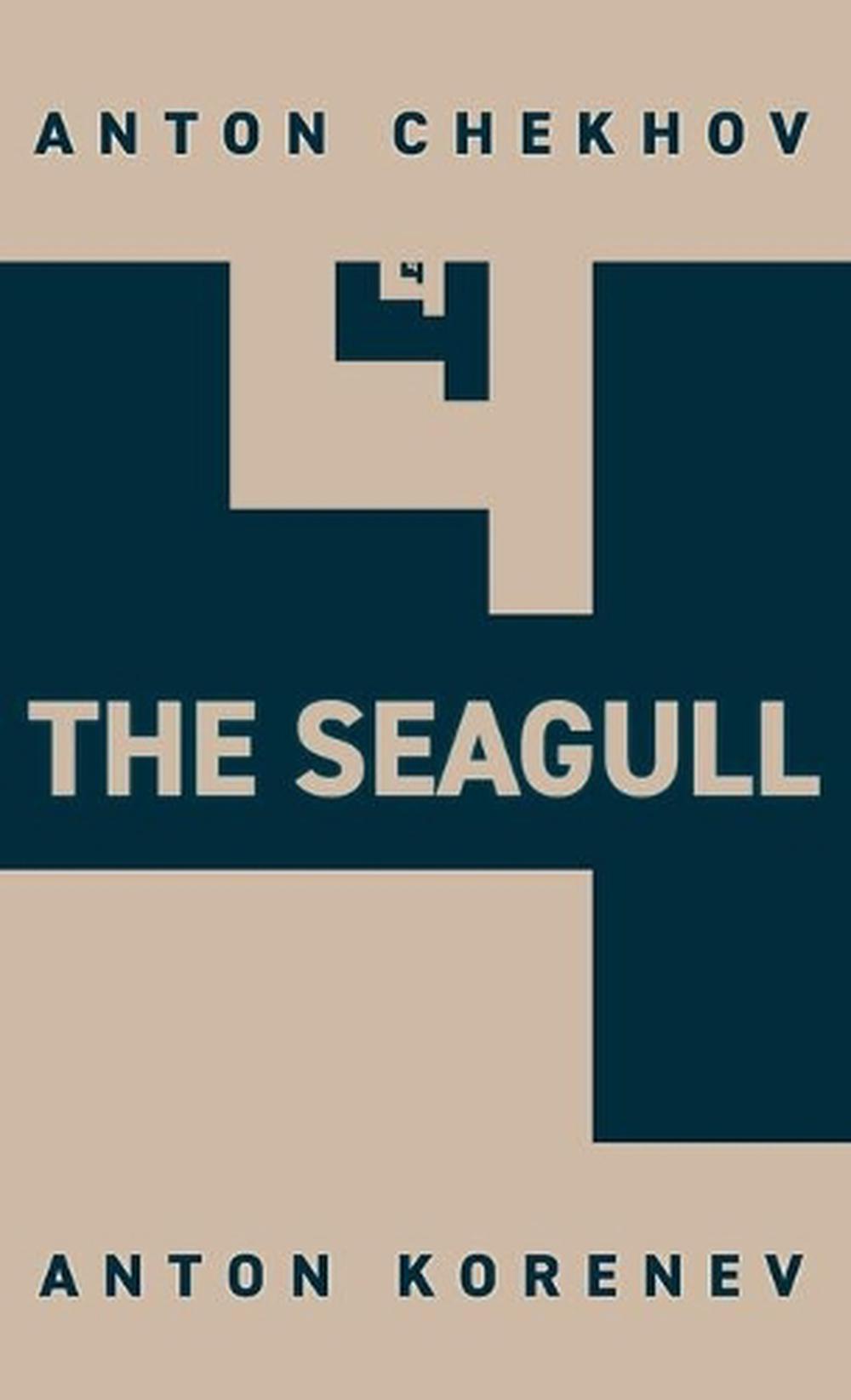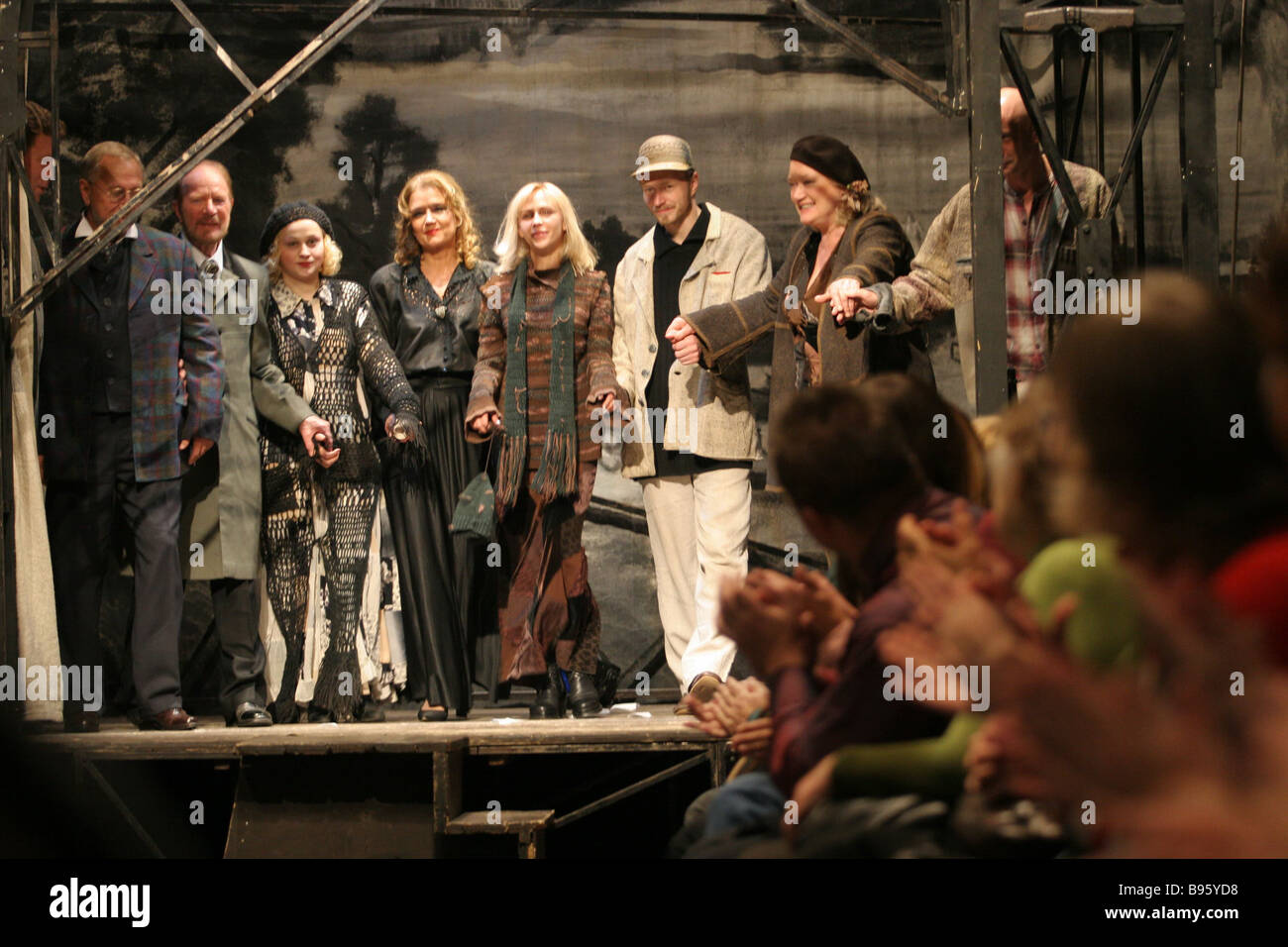

He also detailed individual rhythms, physical lives and mannerisms for each character:


He storyboarded key moments of the play with small drawings that gave the actor's spatial and proxemic relationships. While visiting his brother's estate near Kharkiv in August 1898, Stanislavski began work on his production plan (or his directorial "score" as he came to call it) for the play, into which he incorporated his sensory experiences of the Russian countryside there. Boris Alexeyevich Trigorin: Konstantin Stanislavski.Konstantin Gavrilovich Treplyov: Vsevolod Meyerhold.Irina Nikolayevna Arkadina: Olga Knipper.To commemorate this historic production, which gave the MAT its sense of identity, the company to this day bears the seagull as its emblem. The MAT's success was due to the fidelity of its delicate representation of everyday life, its intimate, ensemble playing, and the resonance of its mood of despondent uncertainty with the psychological disposition of the Russian intelligentsia of the time. The production opened on 29 December 1898. Nemirovich, who was a friend of Chekhov's, overcame the writer's refusal to allow the play to appear in Moscow after its earlier lacklustre reception and convinced Stanislavski to direct the play for their innovative and newly founded Moscow Art Theatre (MAT). The Moscow Art Theatre production of The Seagull in 1898, directed by Konstantin Stanislavski and Vladimir Nemirovich-Danchenko, was a crucial milestone for the fledgling theatre company that has been described as "one of the greatest events in the history of Russian theatre and one of the greatest new developments in the history of world drama." It was the first production in Moscow of Anton Chekhov's 1896 play The Seagull, though it had been performed with only moderate success in St. At Pushkino in 1898, Vsevolod Meyerhold prepares for his role as Konstantin in the MAT production of Anton Chekhov's The Seagull.


 0 kommentar(er)
0 kommentar(er)
